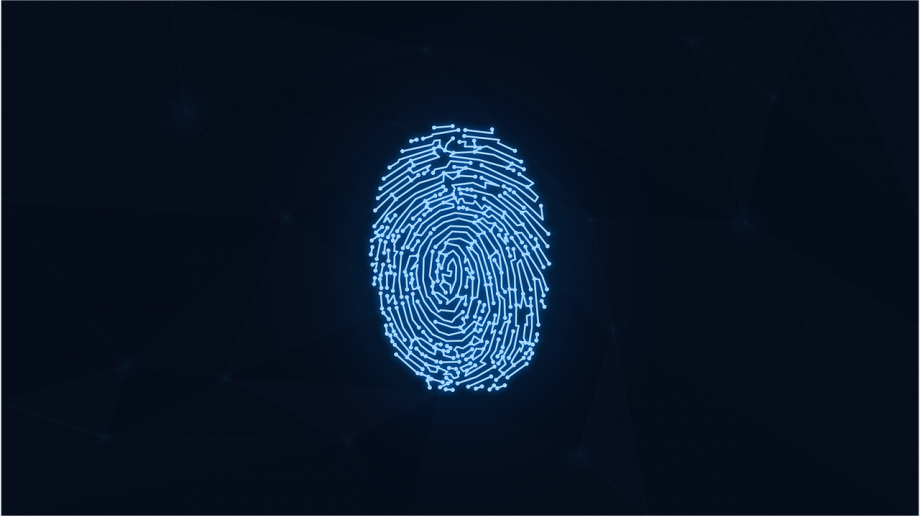
Why the shift to online requires automating ID verification
Barley Laing explains why those in the public sector must look seriously at automating ID verification to protect themselves against fraud, while improving the customer experience, and reducing costs
The public sector is increasingly focused on improving engagement across all digital channels and is now supercharging the move to online as a result of the pandemic. This trend is set to continue even as the pandemic starts to ease. Just as people have become used to the convenience of online interaction in the private sector, they are adjusting to digital access of public sector services. After more than a year of social distancing and all that comes with it, many may also remain fearful about visiting enclosed spaces where the probability of transmitting viruses increases, such as inside a government building.
In today’s digital world, people want fast and secure access to services. When they register online for a service they expect it to be quick and seamless. When they sign in to access that service they don’t want to be bogged down by a number of security questions and passwords to log into their accounts. Expectations have been influenced by their experiences with big digital companies like Amazon and Apple. To meet these high expectations public bodies must match these types of experiences with friction-free interactions.
As the public sector has focused more resources on engaging with people online, fraud in the digital world is on the rise. The Policy Exchange estimates that fraud and error during the Covid-19 crisis are set to cost the UK government £4.6 billion. Consider also that huge sums of money, between £31 and 48 billion a year, is lost to fraud in the public sector, such as benefit, tax credit, or student loan scams.
The prevalence of fraud makes it increasingly important for public bodies to know who they are engaging with. Confirmation of identity will stop valuable budgets from being disbursed incorrectly, especially those needed for the country to recover from the current health emergency. This poses the question: ‘How can those in the public sector ensure ID verification takes place accurately and in real time?
Automation of ID verification
By far, the fastest, most accurate, and cost-effective way to deliver ID verification in the online world is through automation. Taking advantage of this requires the use of electronic ID verification (eIDV) instead of the manual ID checks that currently exist. Using an automated eIDV service supports cross-checks against an individual's contact data in real time as they complete an online application process. This tack also ensures the user experience isn’t compromised. By matching the name, address, date of birth, email, or phone number against reputable data streams such as government agency, credit agency and utility records, those in the public sector can assess an applicant’s residency and proof of address to determine their ‘right’ to access the service or assistance. The ability to verify age goes further, guarding tight budgets only for those who qualify for support and not a scammer.
To work effectively, the eIDV service must have real time access to a dataset of billions of consumer records from reputable third parties (as previously mentioned) and politically exposed person (PEP) data. Such a process should also enrich customer records by highlighting and correcting any inaccuracies and adding missing data where available.
Embracing eIDV also strengthens governance by aiding compliance with ‘know your customer’ (KYC) or citizen, and anti-money laundering (AML) regulations.
Automated biometric verification improves the customer experience
The automated technology powering biometrics and its role in verifying ID is worthy of serious consideration. Based on human, physical and behavioural characteristics, biometrics provides individuals with fast and secure online access to public sector services or their account, without the need for bothersome security questions and passwords.
With biometrics, once the applicant to a service or product has scanned and provided their ID documents via their choice of device, the technology checks validity in real time. These documents might include a passport or driver’s licence with a photo. The software then scrutinises a selfie via an algorithm within the technology, comparing it with the master image from the ID documents. The algorithm ensures the reliability of the process by immediately distinguishing differences between the selfie and the ID image, including skin imperfections, facial hair, makeup, hairstyle, and head position.
It is important to note that fraudsters using creative methods like 2D images and video playback can trick facial recognition technology to ‘prove’ they are the person they are impersonating. To stop this, liveness checks are often required. This means using technology that includes a ‘challenge response’ that asks the individual to blink to confirm eye movement and proof of life. This action provides a high level of confidence that engagement is taking place with a real live person, not a static image or avatar, to help further prevent fraud.
Ideally, the ID check via biometrics should lead to the creation of an electronic due diligence report for each applicant, one that can be referenced and audited if and when the need arises.
Automated ID vs. manual verification
The automated approach to ID verification is far better than the physical, time consuming, and more costly checks that traditionally take place behind the scenes at public bodies for several other reasons:
- Despite not always having specific training in identifying forged or fraudulent documents, staff are often asked to check documents for authenticity, manually.
- Employees might have limited knowledge of ID document types, of which there are thousands worldwide, which can cause review-related delays.
- Staff can sometimes be uncomfortable thoroughly examining photographs against the document holders.
- The manual approach is vulnerable to human error, making it less effective or stringent than it should be.
- In the public sector, records of ID checks can be held in hard copy at various locations, making quality control difficult.
- The manual operating model does not allow for a quick response to changes, whether legislative or regulatory.
- With staff on furlough and public sector budgets under extreme pressure, is there any justification for continuing spending money on manual ID checks when speed and accuracy are offered via automation?
As a growing number of public sector services move online and fraud in the digital world escalates, it is clear that implementing ID verification is absolutely critical. As part of this, manual checks should be replaced with an automated verification process. The accuracy, speed, and cost benefits afforded by the automation powering eIDV and biometrics are just what the public sector desperately needs today and in the future.
Barley Laing is the UK managing director at Melissa.


